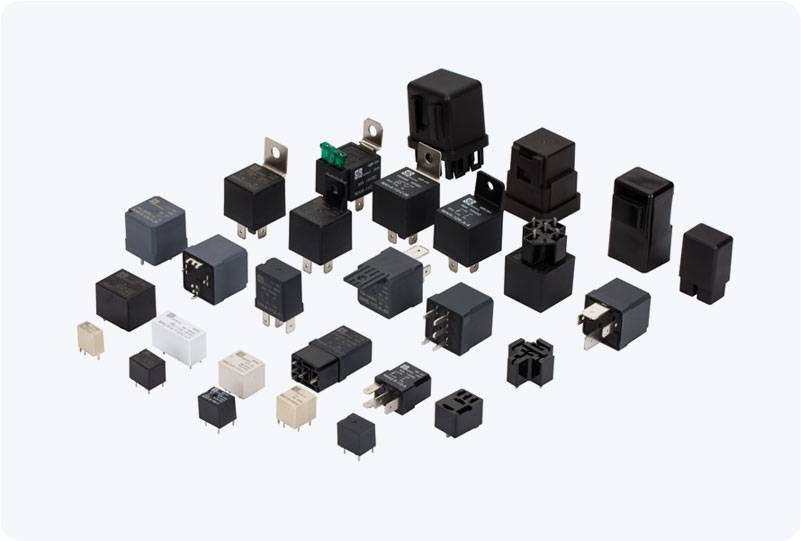A Safety Isolated Relay (SIR) is a crucial component used in industrial control systems, electrical circuits, and automation processes, ensuring that high voltage or high current circuits do not compromise the safety of the control circuit. This article aims to explore the significance, functionality, applications, and safety benefits of the Safety Isolated Relay, shedding light on why this device is indispensable in various electrical systems that demand both reliability and protection.

What is a Safety Isolated Relay? A Safety Isolated Relay is a specialized relay designed to electrically isolate the input side (control circuit) from the output side (load circuit). This isolation ensures that electrical faults, high voltages, or electrical noise from the load circuit do not affect the sensitive control circuit. In addition to providing isolation, Safety Isolated Relays also offer overload protection, making them ideal for use in systems where security and fault prevention are paramount. Key Features of Safety Isolated Relays Electrical Isolation: One of the standout features of Safety Isolated Relays is the ability to electrically isolate the control circuit from the power circuit. This isolation is typically achieved through mechanisms such as transformers, optical isolators, or magnetic coupling. This prevents high voltage or current from flowing directly into the control circuit, which could lead to damage or malfunction of the control components.